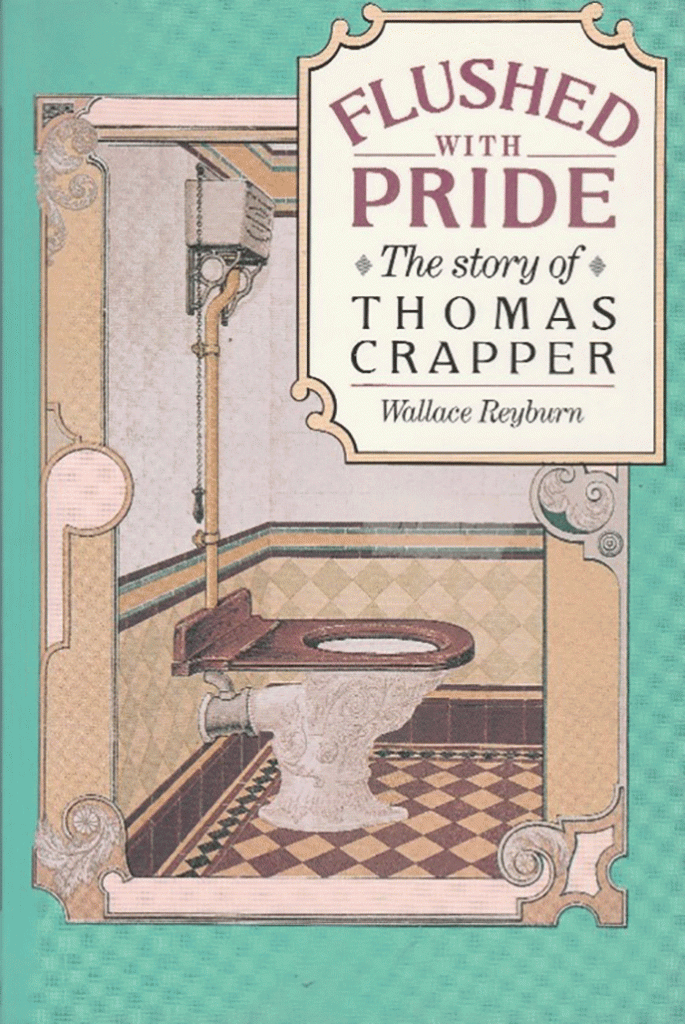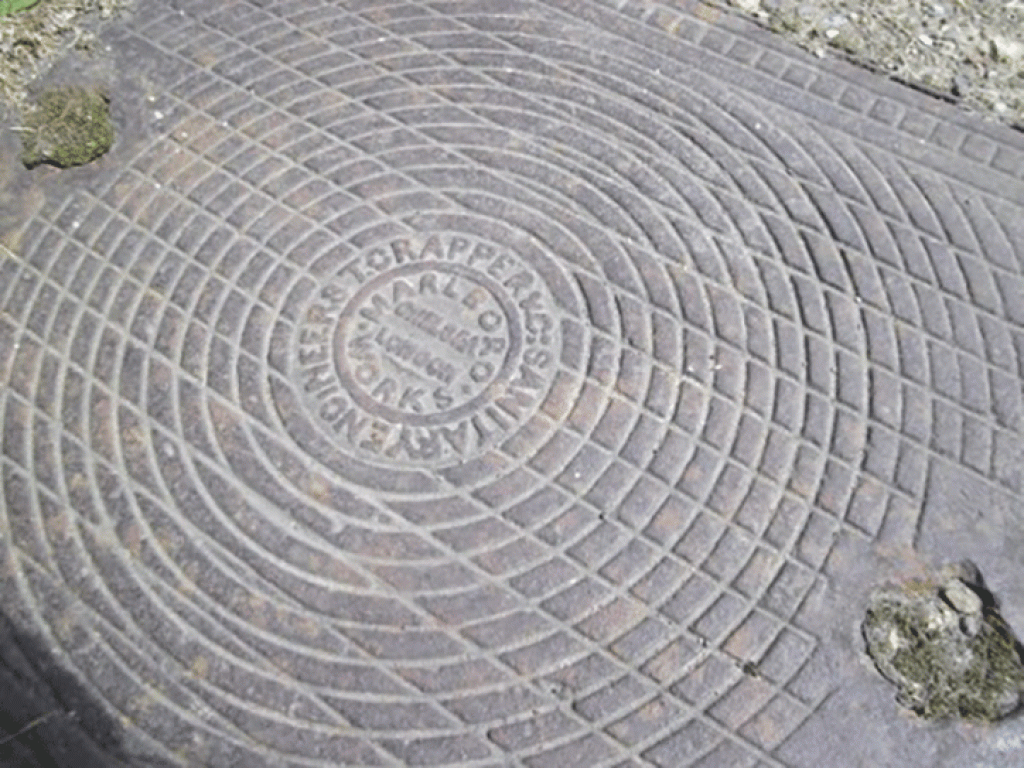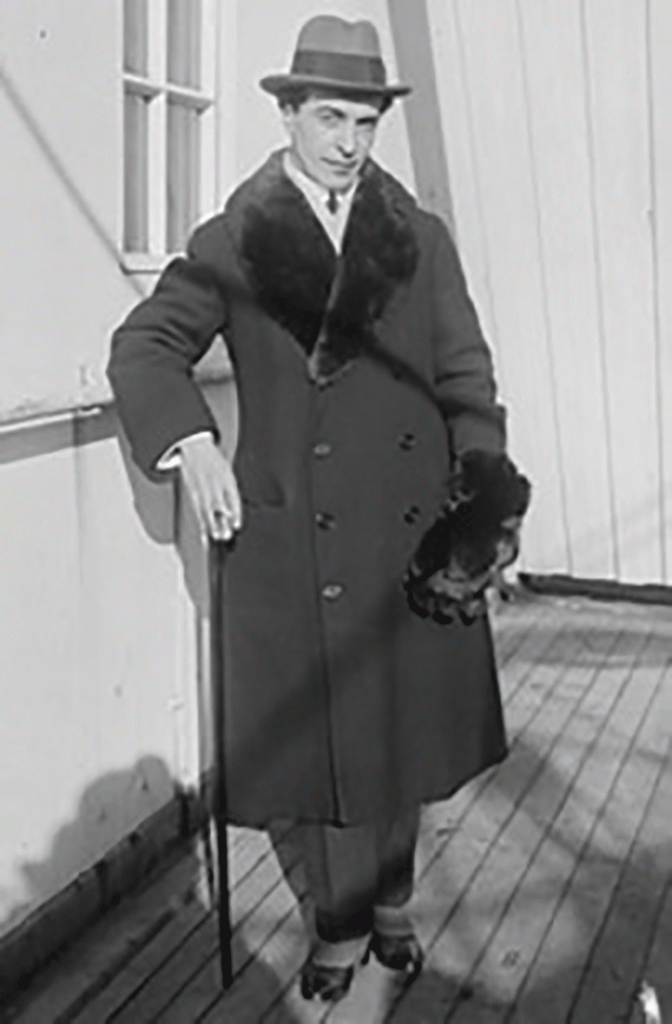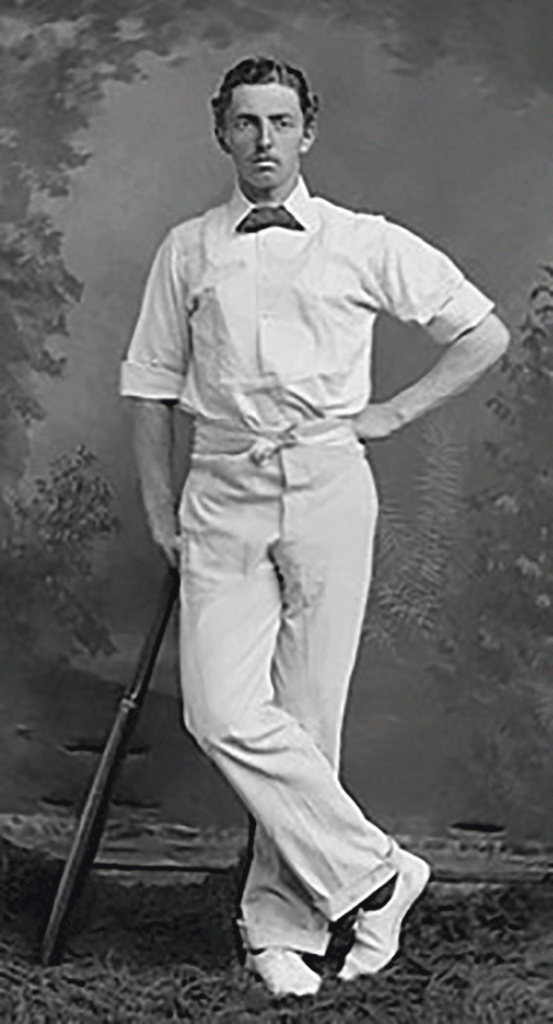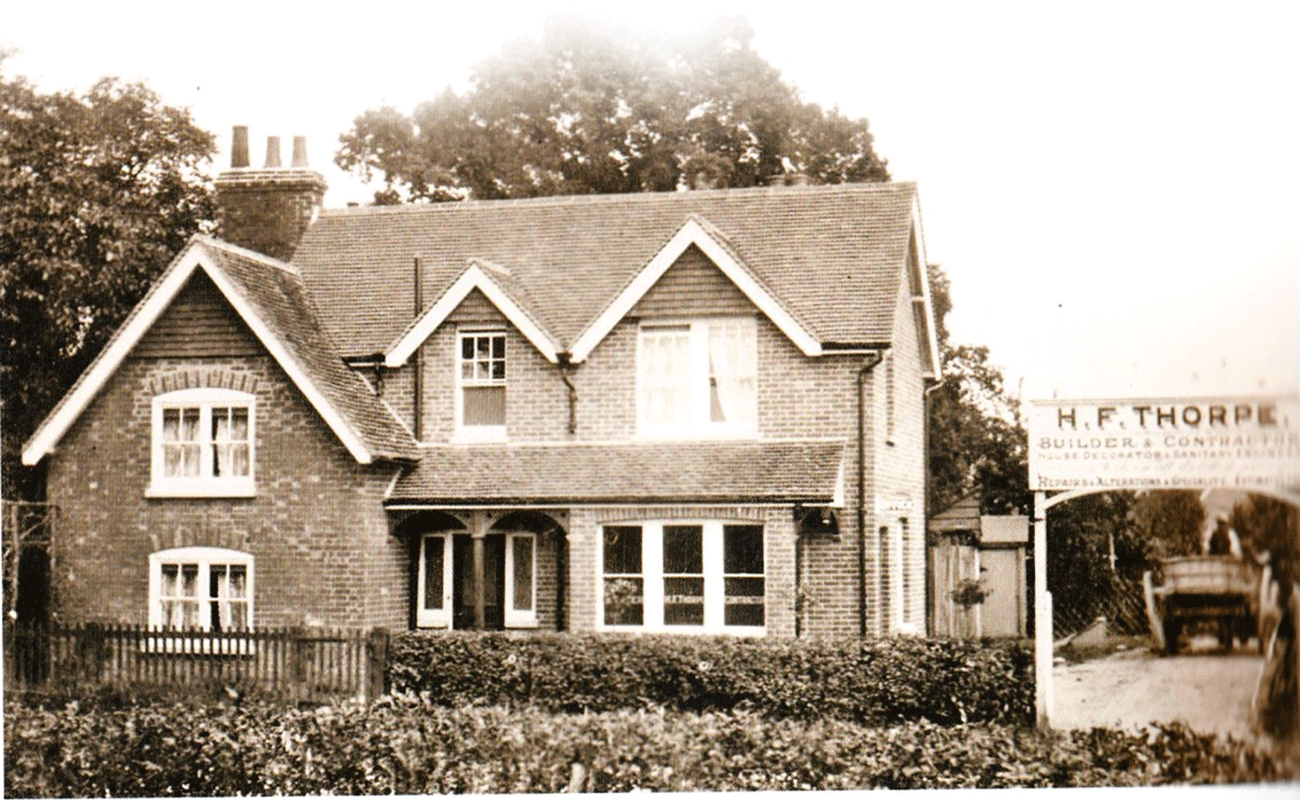
by Joy Horn
Main image: The place where the war memorial was made (courtesy of Michael Miller)
I live in a road that has been built up from the 1930s, but what a walk I have into Cranleigh Village! I pass two churches – one dates from the 1960s, but the other has been standing for more than 1,000 years! In the churchyard, I daily see the grave of a victim of the Lusitania disaster, and a memorial designed by one of England’s greatest architects to his wife of just seven weeks. Two 15th-century cottages are on my route: one is possibly the oldest forecourt shop of a petrol station in the country, and the other is certainly the first ‘cottage hospital’ in the land, copied by nearly 500 other villages by 1914.
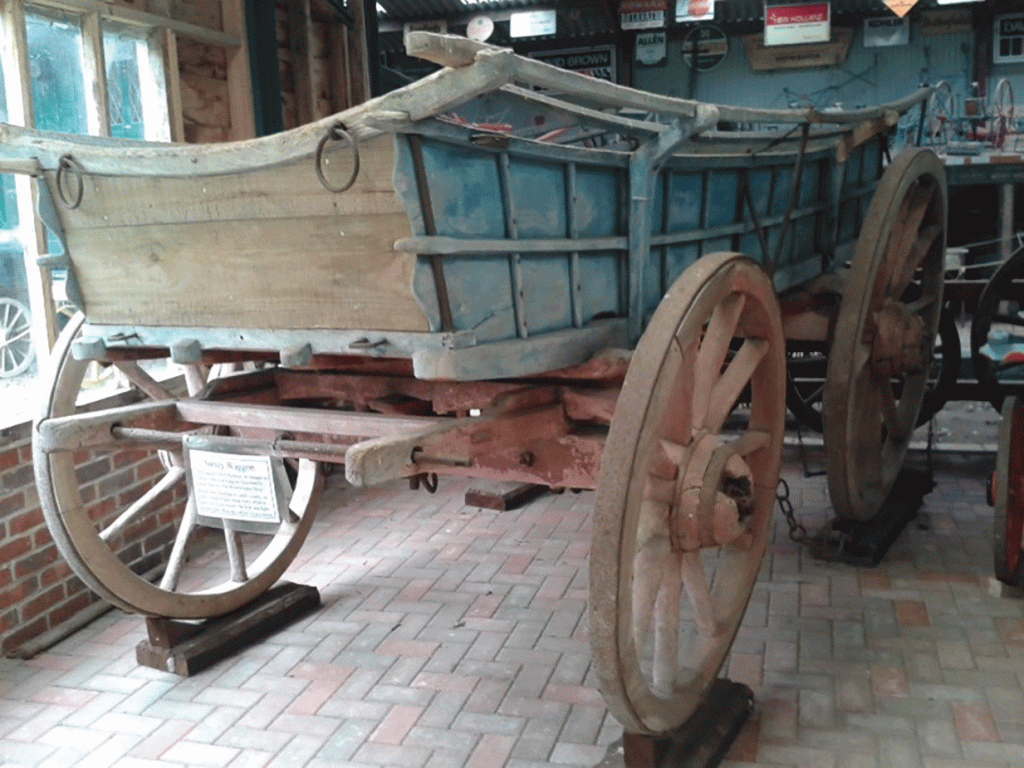
I pass the former workshop, yard and forge of Cranleigh’s wheelwright, who made wagons, carts and barrows for the village, until his work was made redundant by the arrival of the motor car, and I go by the site of the first commercial garage here.
I see an obelisk commemorating the first decent road Cranleigh had, designed to upgrade the existing tracks and make easier contact with Bramley and Rudgwick. Near to it is an ancient yew that was once trimmed to represent the cockerel on the church tower – though irreverent villagers referred to it as ‘the Wellington boot’.
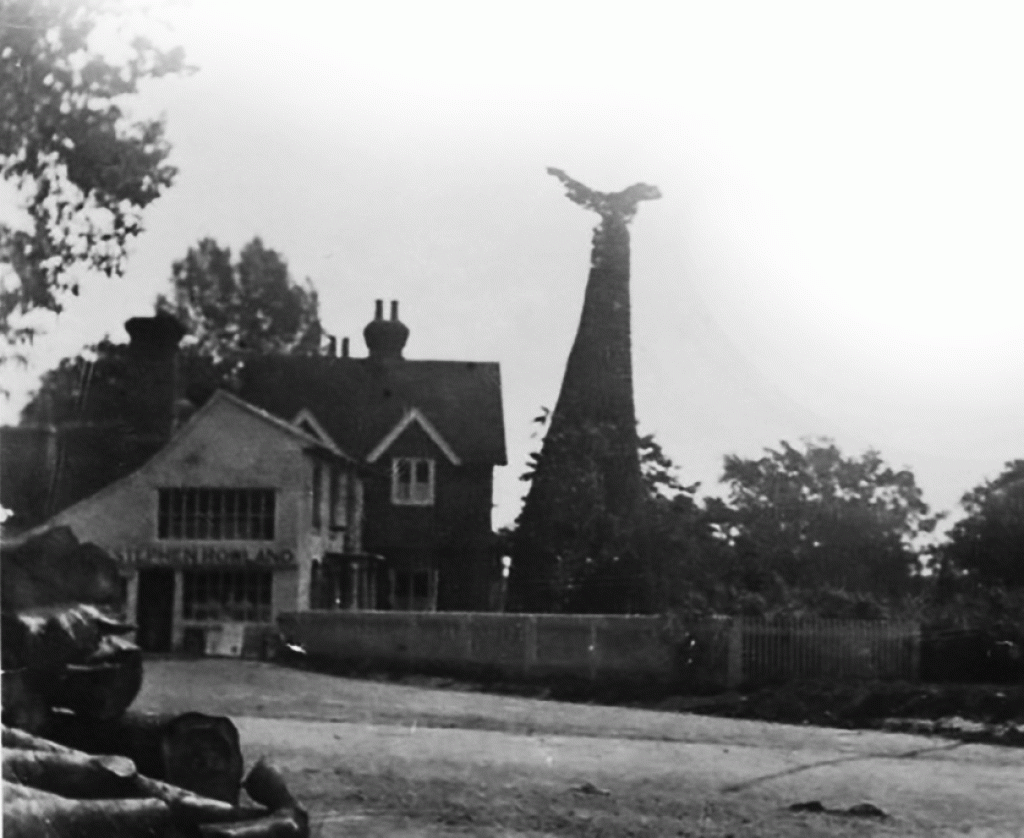
Casting my eyes downward, I see not one, but two manhole covers of Thomas Crapper’s, one of the pioneers of the flushing toilet: what a benefactor! But how did they come to be here?
I see a house incorporating timber that probably comes from Cranleigh’s former windmill, when that landmark was demolished in 1917. Cranleigh’s original village hall is also on my route, and I can reflect on a piano recital given here by a young Benno Moiseiwitsch, before he became an international star, and on a meeting addressed by C.T. Studd, the famous England batsman and missionary.
It was later the meeting-place successively of the Freemasons and the British Legion, until each of them moved into purpose-built homes of their own. Two pubs are on my way: there used to be a third, but the Post Office has now taken its place.
I go past the shop that was built for Cranleigh’s saddler, once a vital member of the community.
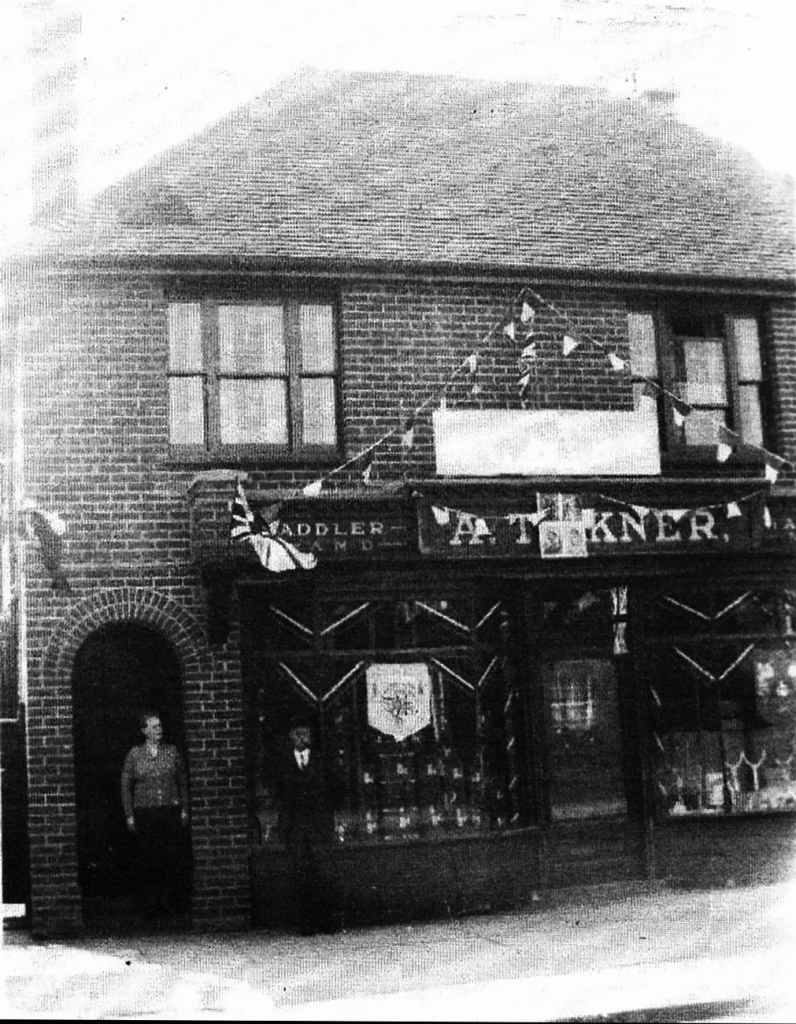
One of Cranleigh’s earliest commercial photographers had ‘The Studio’ carved on his premises, in the golden age of picture postcards in the early 20th century.
Two takeaways – Chinese and Indian – are an indication of the social changes that began in the latter half of the 20th century. How would we survive without them now?
I haven’t yet mentioned the village school of 1849 built of yellow stone brought down from the Surrey Hills. In this building the literacy rate of the local people was transformed within a generation. On top of it is the arch where the school bell used to hang, as it proclaimed that lessons were about to begin. Now the school is a thriving Arts Centre, and the cultural hub of the village.
Behind it is a house that was once a club for the men of the village, built in memory of the donor’s wife (which seems slightly ironic). Here, games like billiards, chess and ‘ping pong’ could be played, local clubs met, and daily newspapers were available. Light refreshments were for sale, including the caretaker’s renowned ‘lardy cakes’. I reflect on the Malthouse that used to stand near here, right in front of the church, in a seemingly inappropriate position. A redoubtable rector, who served here for 60 years, got rid of the Malthouse and tidied up the church. He is also held responsible for planting the enormous cedar tree in the churchyard, grown from a seedling brought back from his honeymoon in the Holy Land, about 1851.
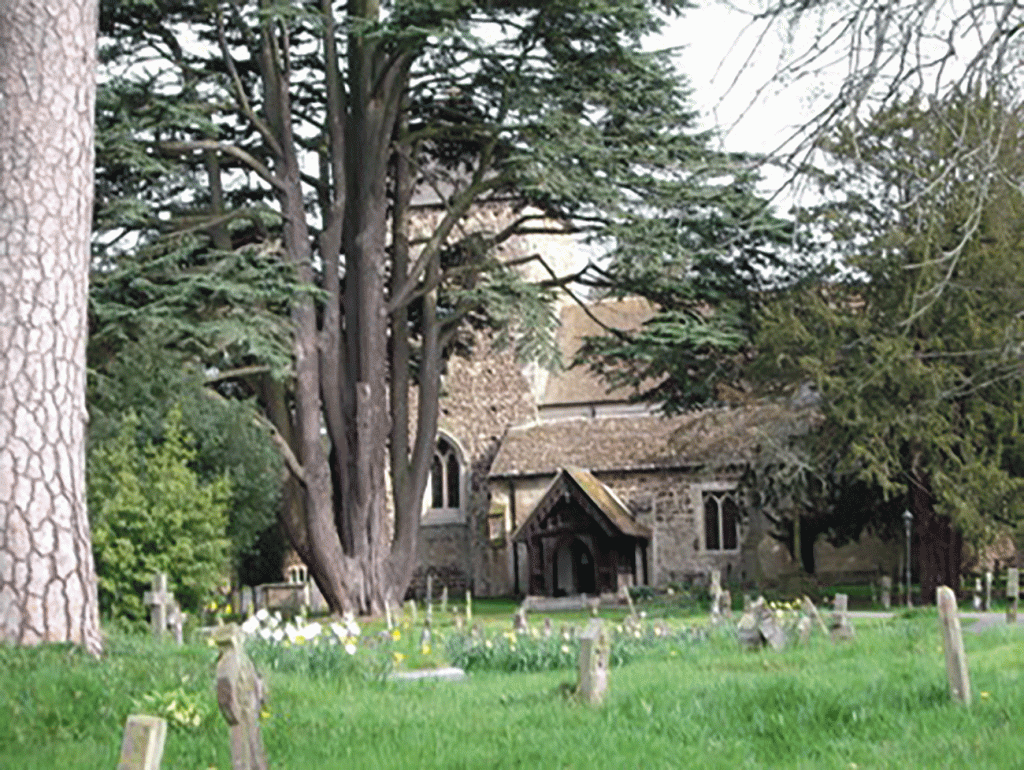
Am I making you envious? There is also a 17th-century cottage on my route, which was a tailor’s workshop for most of its existence, and is now a restaurant. I pass two fine Regency houses … and four cottages built in an unusual style of brick bond – known as ‘rat trap’. Also to be spotted are two roofs made of Horsham stone, a durable and beautiful, ripple-marked sandstone, used locally for not just centuries, but millennia!
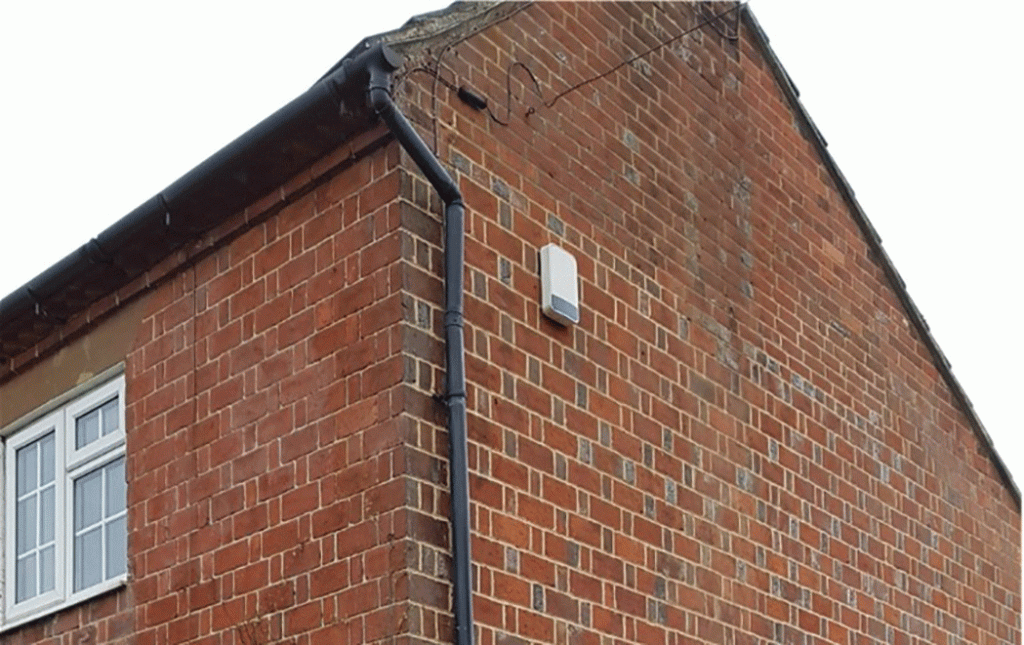
I pass the site of a former large brewery, whose stables were on the opposite side of the road, and I reflect on how different the smell would have been in this part of Cranleigh. Large horses would have been a regular sight as they pulled the heavy dray, packed with barrels, out of the brewery yard on their delivery rounds.
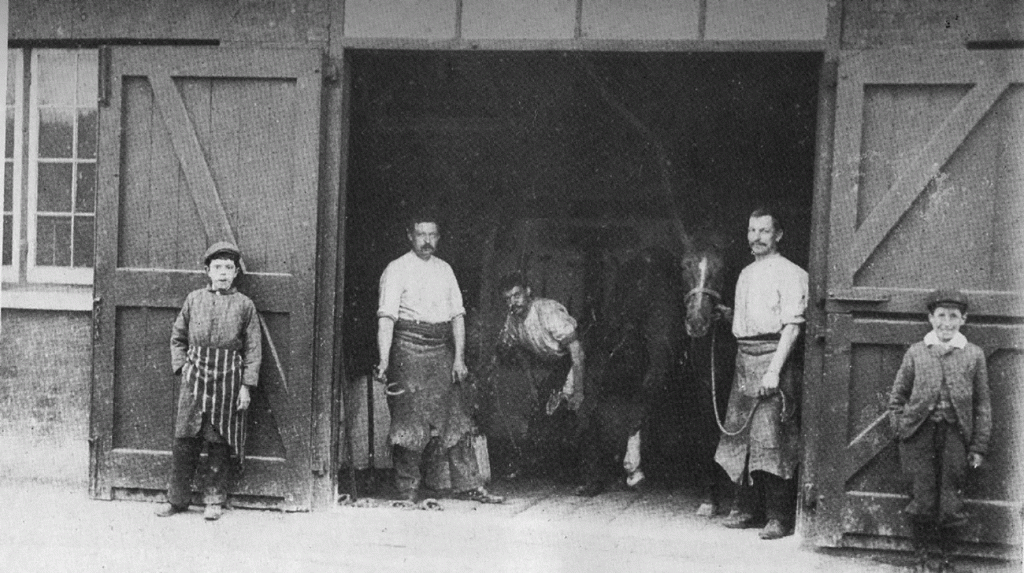
I try not to think too much about what went on in the butcher’s abattoir as I pass it: it is now a funeral business. Two other former butchers’ businesses are on my route: one is now a large house, and the other a hairdresser’s.
Cranleigh’s war memorial on the Common was made in 1920 in a builder’s yard on my way: the yard now contains a small group of houses.
What a lot of interest in a short walk! It fires the imagination and gets the detective instincts going. For the next few months, these articles will suggest some of the discoveries to be made on walks around our village.
The Cranleigh History Society meets on the second Thursday of each month in the Band Room. The next meeting will be on January 12th, when Paul McCue will speak on ‘An update on the SOE at Winterfold’.

